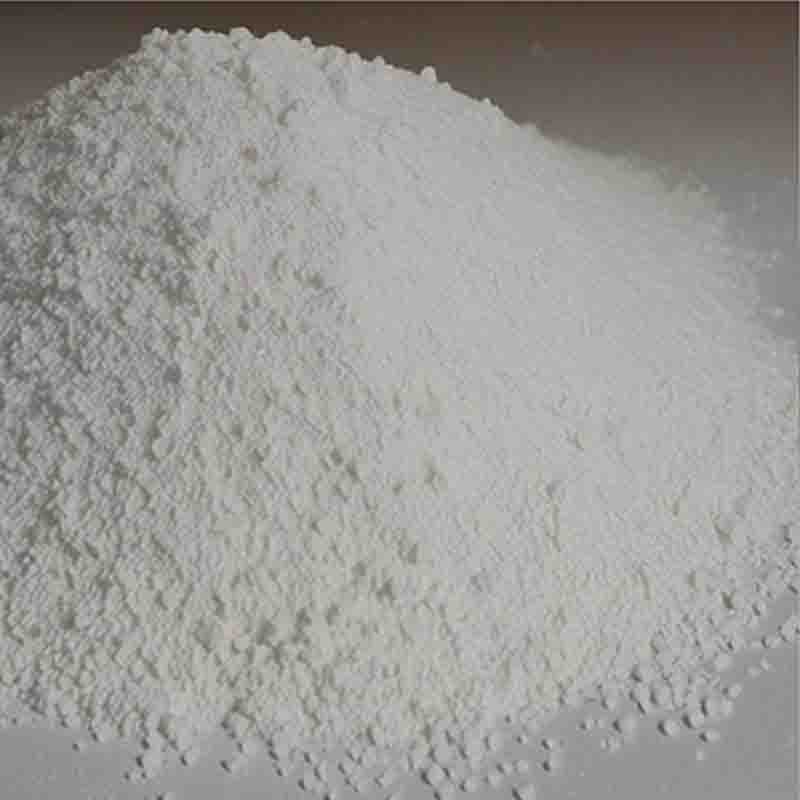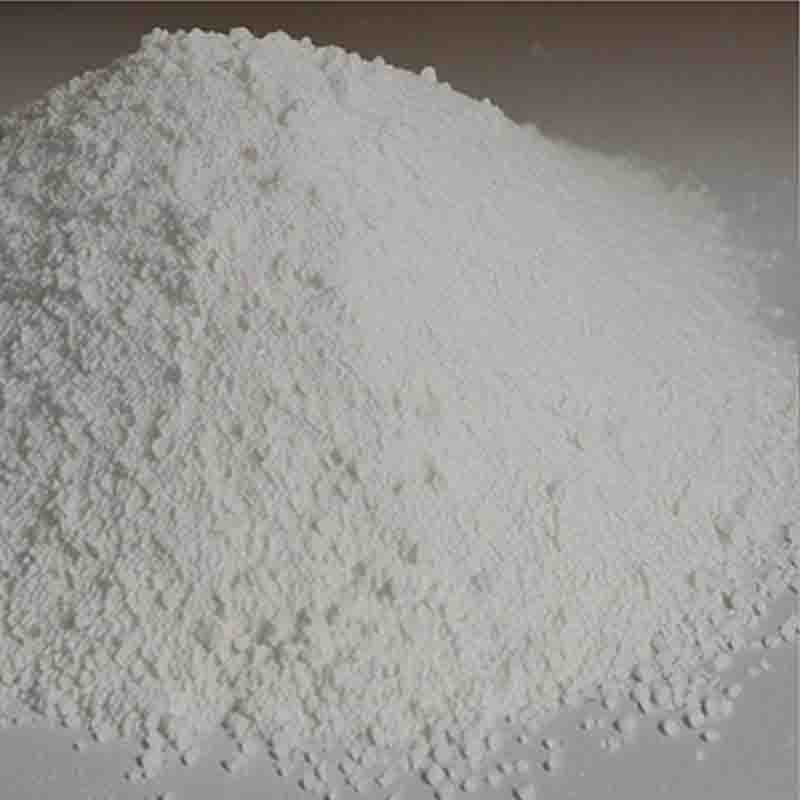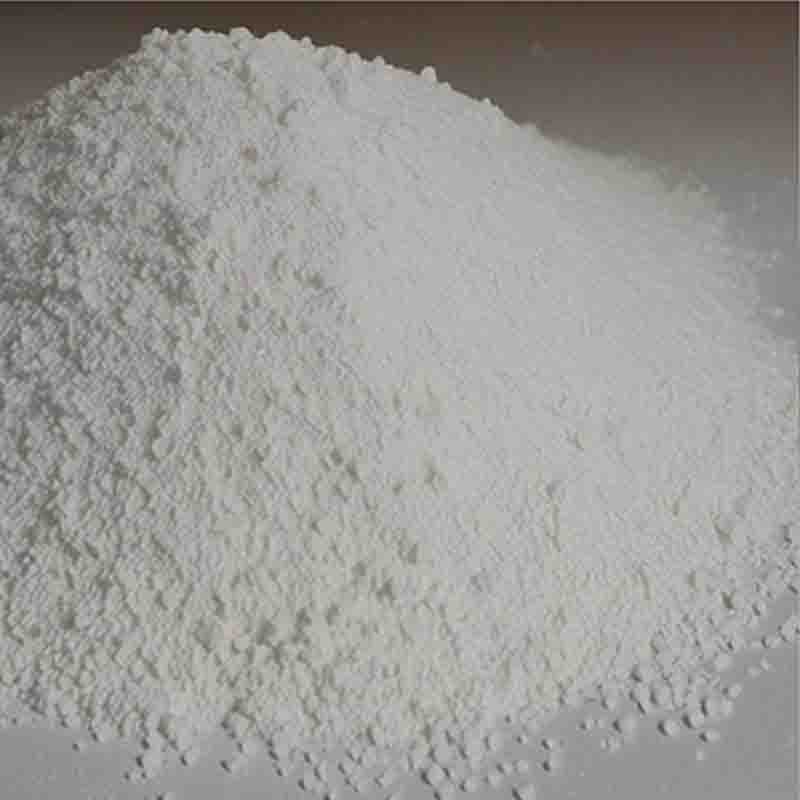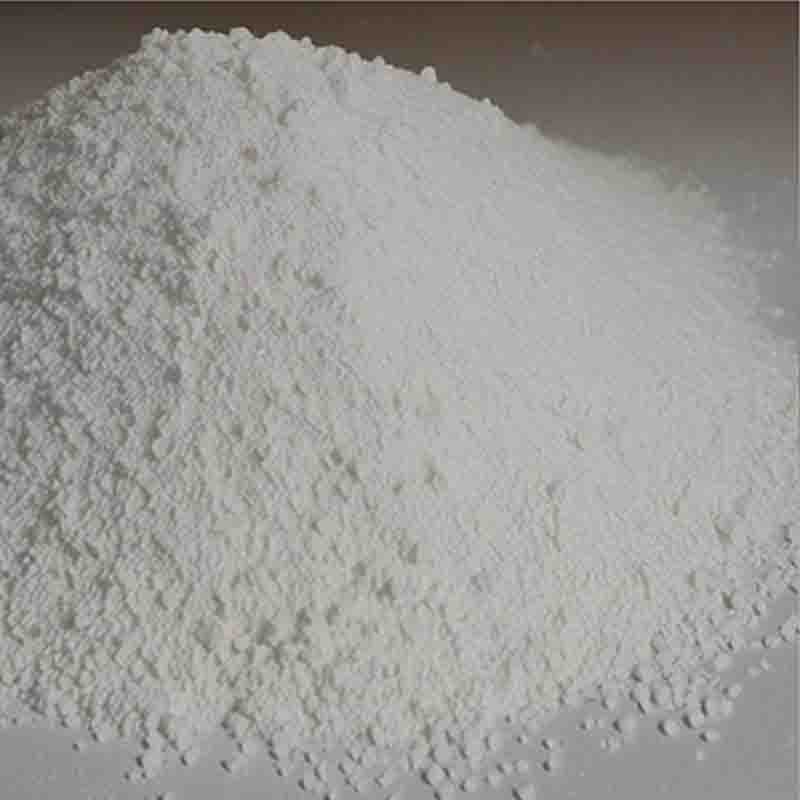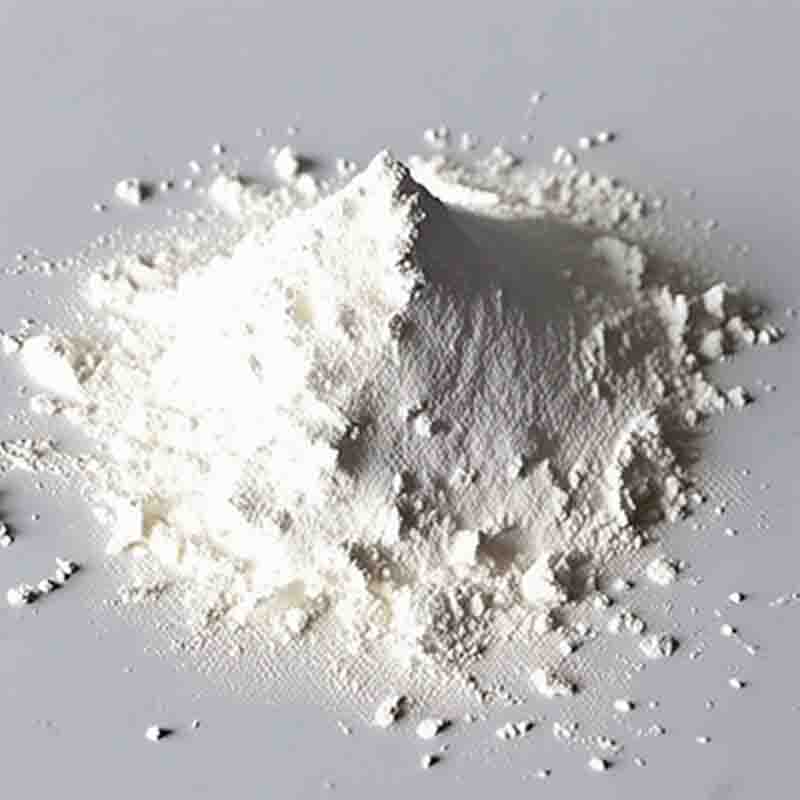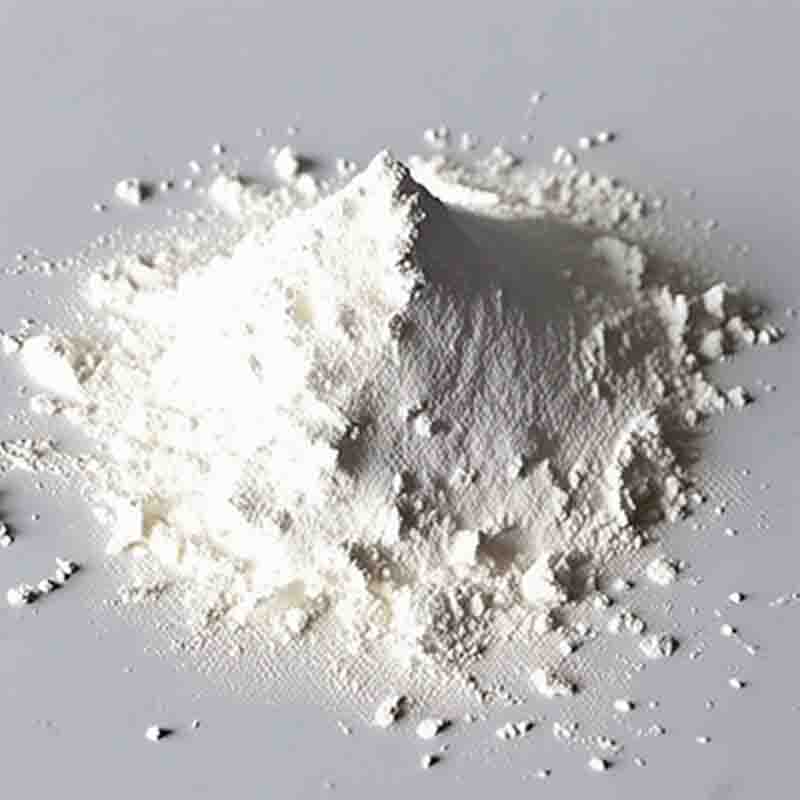3-Ethylaniline CAS:587-02-0
| Catalog Number | XD95021 |
| Product Name | 3-Ethylaniline |
| CAS | 587-02-0 |
| Molecular Formula | C8H11N |
| Molecular Weight | 121.18 |
| Storage Details | Ambient |
Product Specification
| Appearance | White powder |
| Assay | 99% min |
3-Ethylaniline is a chemical compound that belongs to the family of aniline derivatives. It is commonly used in various industries and has several effects and applications. Let's explore the effects of 3-Ethylaniline in more detail.One significant effect of 3-Ethylaniline is its use as an intermediate in the synthesis of dyes and pigments. Due to its chemical structure, 3-Ethylaniline can undergo various reactions to form complex organic compounds that exhibit different colors. These dyes and pigments find extensive use in the textile, printing, and coloring industries. The presence of the ethyl group in 3-Ethylaniline enhances its solubility and stability in different solvents, making it a versatile compound for dye synthesis.Additionally, 3-Ethylaniline has shown promise as a corrosion inhibitor. When added to metal-containing systems, it forms a protective layer on the metal surface, preventing corrosion and degradation. The presence of the ethyl group in 3-Ethylaniline enhances its adsorption onto the metal surface, resulting in improved corrosion protection. This property makes 3-Ethylaniline a valuable compound in industries such as automotive, aerospace, and oil and gas, where corrosion prevention is crucial for maintaining the integrity and lifespan of metal components and structures.Moreover, 3-Ethylaniline has antimicrobial properties and potential applications in the field of pharmaceuticals. Studies have shown that 3-Ethylaniline derivatives exhibit antibacterial and antifungal activities against various pathogenic microorganisms. These antimicrobial properties can be attributed to the presence of the ethyl group and its interaction with the microbial cell membrane. The use of 3-Ethylaniline derivatives as antimicrobial agents can aid in the development of new drugs and treatments for infectious diseases.Furthermore, 3-Ethylaniline can be utilized as a reagent in organic synthesis. It can be used to introduce the ethyl group into different organic molecules, allowing for the synthesis of various compounds with desired properties. The reactivity of 3-Ethylaniline makes it a valuable tool in synthetic chemistry, enabling the creation of new molecules and materials.In conclusion, 3-Ethylaniline exhibits several effects and applications in the fields of dye synthesis, corrosion inhibition, pharmaceuticals, and organic synthesis. Its versatility, solubility, and reactivity make it a valuable compound in various industries. Continued research on 3-Ethylaniline and its derivatives will likely lead to further advancements and applications in these fields.


